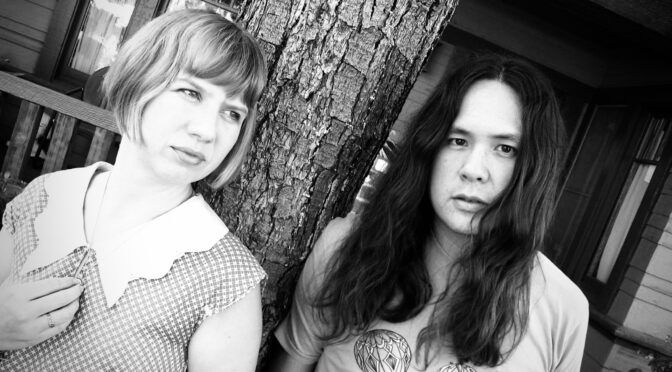November 28, 2006, Gearwire Artist Feature, Patrick Ogle:
“On Pro Tools, GarageBand, And Pitch Correction: Lovespirals’ Ryan Lum And Anji Bee”
Ryan Lum has been making electronic based music for a decade and a half. First working with Suzanne Perry in shoegazer/ambient/electronica band Love Spirals Downwards and now in the successor project Lovespirals with new vocalist Anji Bee.
Lum’s music has ranged from the beautiful, meandering, shoegazing of Love Spirals Downwards to the new project’s fusion of downtempo and electronic jazz. Between the two bands Lum has released 9 full length releases and one single. Yet despite this electronica pedigree, Lum and Bee often eschew the electronic cutting edge for what some might consider old-fashioned [musical values]. Lum especially eschews the over-use of plug-ins.
“Two big reasons I don’t go crazy with audio plug ins and all: first, my computer is a bit old and a bit too slow and outdated for going nuts with that stuff.” says Lum “Second, I don’t really need them beyond basic stuff like compressors. I’d rather use a good rackmount reverb than a plug-in. Plus, some plug-ins just sounds horrible.”
Continue reading Gearwire Artist Feature on Lovespirals
